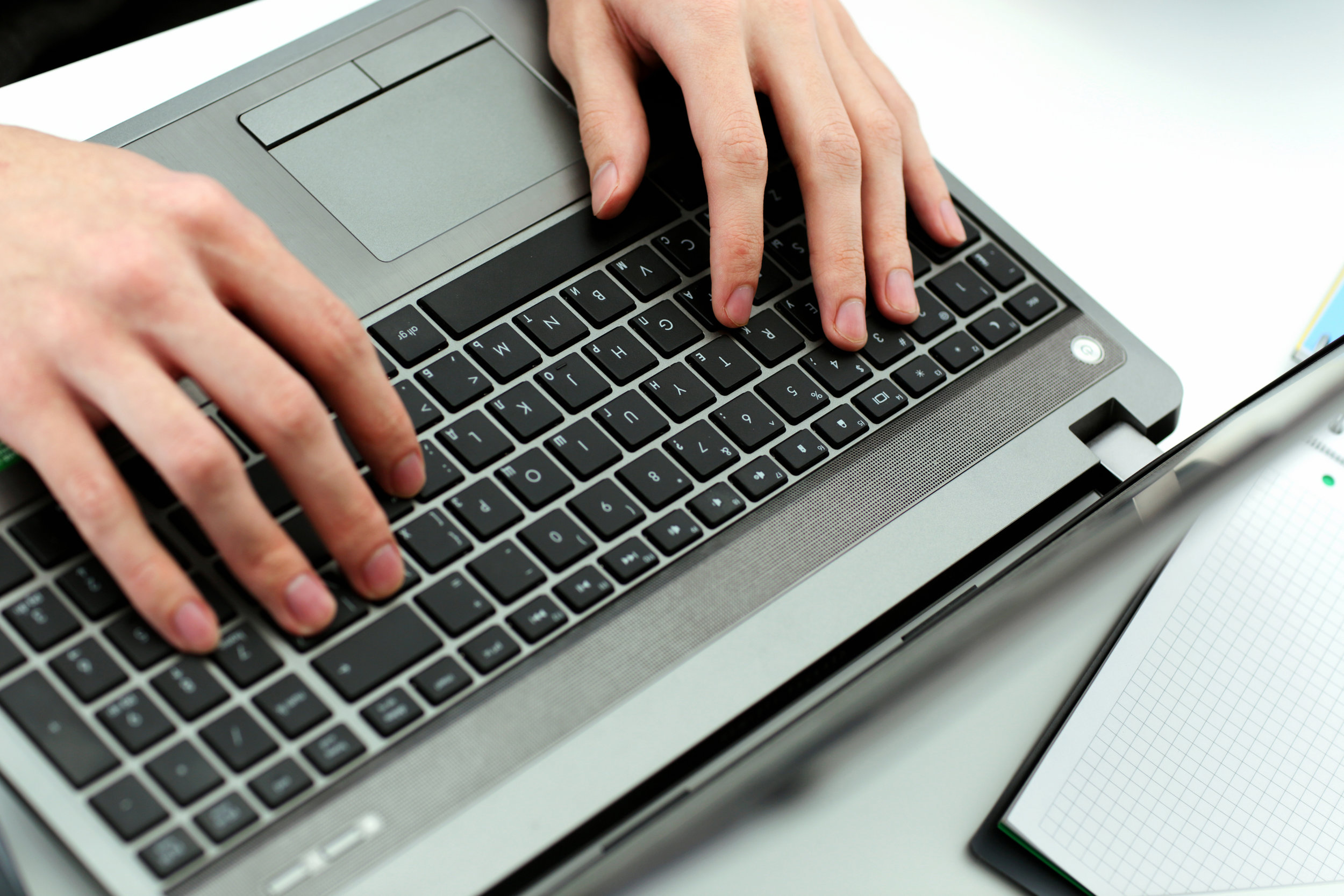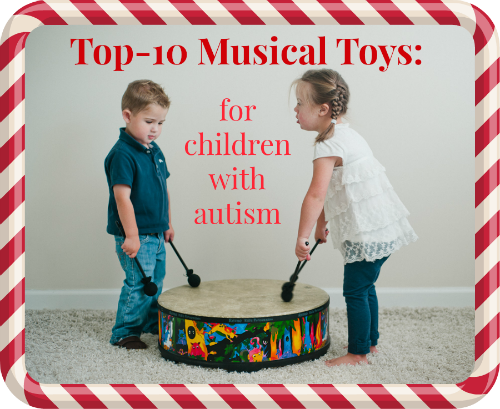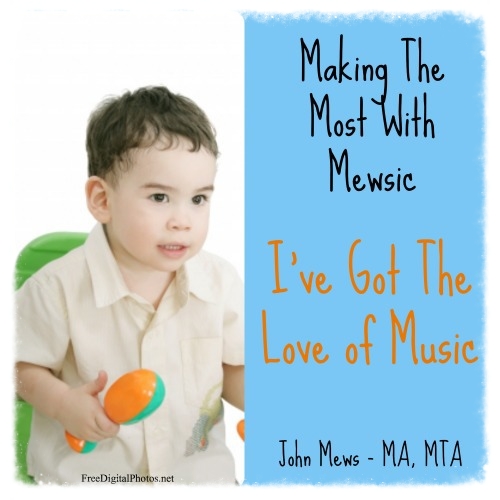
BLOGS
Educational blogs for parents and professionals
Music Therapy Addressing Back to School Needs
September and October can be very challenging months for both parents and children transitioning back to school from a relaxing and non-structured summer. Going back onto a routine can be tough for both parents and their children.
Once school starts, most teachers will be very attuned to each child's needs in their classroom. Perhaps you've gotten a call to have your child taken from class because of your child's performance, behaviors or even social isolation? If this happens, it can make the transition even more stressful for both the parent and the child.
Parents then might try to find services that will support their child and address the concerns of their teachers. What kinds of therapy might help? occupational therapy? speech and language therapy? physical therapy?
What about music therapy? Maybe you've never even considered it. This form of therapy has been around for almost 80 years, yet surprisingly people are still unaware of its effectiveness, particularly for helping children with special needs.
The fascinating aspect of music therapy is that you can be working on multiple goals simultaneously, such as speech/communication, fine/gross motor, social skills, emotional regulation, and others. For example, when playing a drum, a child can work on their gross motor skills, and at the same time be learning to regulate by maintaining a steady rhythm. If you add in vocalizations, it can help them with communication. Very few forms of therapy can compare to the versatility and efficacy of music therapy.
Here are a few examples of why music therapy can be an effective therapy for your child to help with any of the goals and concerns that may arise during this hectic transition starting back to school.
1- Music can increase social skills
2- Music can help regulate your child
3- Music can increase your child's attention span/focus
4- Music strengthens your child's auditory skills
5- Music helps with memory and sequencing skills
6- Music is fun, engaging and rewarding
7- Music can help increase communication skills and language development
8- Music can help with understanding and processing children's feelings
9- Music can help with social-emotional development
10- Music can help with fine and gross motor skills
If you would like to learn more about music therapy please contact me: john@mewsicmoves.com
Let's Stay in Touch!
For FREE songs, videos and tips on how to support children with special needs through music click here.
Please share, like and leave your comments below as I love to hear from you.
Top 10 Musical Toys For Children With Autism
This is the time year most people are out shopping for things to put under the Christmas tree. This can be an especially challenging time for parents of children with Autism. So many of the available toys are far too over-stimulating for these children
Over the years parents have asked about buying musical instruments for their child. I think these make great gifts, because they help the child engage in music making at home, which helps to reinforce what was learned during the music therapy session.
Here are my top ten musical instruments I recommend for children with Autism. For each one, I explain how the instrument can be utilized in a therapeutic and beneficial way. What a great dual purpose, a toy that’s also beneficial therapeutically! ( you can also click on each image or title for more information on the instrument).
1. Ukulele
The small size of the ukulele makes it great for small children and adolescents. It’s lightweight and narrow neck make it easy for the child to grasp. I find the Ukulele is useful for fine motor control when picking or strumming. You can also work on gross motor control if you rock the arm up and down to create strumming patterns. The Ukulele is also great for working on eye-hand coordination.
2. Recorder
Recorders are very popular with children and come in many colors. I often use this for language and speech development, primarily to aid in breath support and control. The recorder is also useful for working on fine motor skills that are needed to create different tones on the instrument.
I enjoy using the Sound Shapes®, because they are colorful, fun and come in different sizes, shapes and sounds. Sound Shapes® are easily stacked they don’t take up much room like most other stand-up drums and they are lightweight. The Sound Shapes® can provide therapeutic value in supporting eye-hand coordination, impulse control and to provide controlled sensory input.
4. Hand bells
Hand-bells come in various sizes and price ranges. I like these because they have a smaller scale (8 notes), are less expensive then others, and are quite durable. They are useful for developing fine motor skills, since you can simply press the top with your finger to make a sound. You can also use them to develop gross motor skills if you pick them up and ring them. I often use these to increase reading skills as well. I create color-coded music, which the child “reads” by playing the correctly colored bell. This also helps with visual tracking skills.
5. Cabassa
Cabassas come in various sizes. I prefer to use the larger ones, particularly if I want to use sensation and movement in my therapeutic approach. The weight of the cabassas can be useful for grounding a child, and you can roll the cabassa on the child’s arm, legs or back to create different sensations. A word of caution here – you should practice on yourself before using it on the child so that you know to use the right amount of pressure. The cabassa also can be useful for fine and gross motor skills, as well as visual and auditory stimulation when you roll it around and around.
6. Melodica
I often use the Melodica to support a child’s fine motor skills, breath control and eye-hand coordination. This is a less expensive option to purchasing a piano or keyboard.
7. Ocean Drum
Of all the drums I use in my practice, the Ocean Drum is by far the most popular. This drum comes is different sizes and colors. I prefer the ocean drum with fish inside, since it provides added visual stimulation. This instrument can be used to aid with relaxation, grounding, sensory-input, gross motor and impulse control. The sound of the ocean drum ranges from a loud crescendo of crashing waves to the gentle white noise of the sea foam bubbles dissipating on the warm sand.
8. Castanets
Castanets are fun, small and the least expensive instrument that most children love to play, mainly because they are touch-responsive. I have used this instrument to help children slow down from a fast paced-rhythm to a slower more regulated rhythm. This can be used as an auditory cue for children to understand their current energy levels and how they can learn to self-regulate. This instrument is also useful for developing fine motor skills, particularly for differentiating between using and isolating different finger movements.
I recommend buying a less expensive keyboard for therapeutic use. Children particularly seem to enjoy keyboards whose keys that light up as they are played. I use keyboards to help with fine motor skills, as an outlet to help children be creative and have fun on their own without direct instruction. Make sure your keyboard has a record button so your child can record their creative masterpieces and play it back. This helps them to feel good about their accomplishments, and allows them to share their work with others. This is particularly useful to enhance social skills and to promote sharing.
Like most of the instruments listed here, xylophones come in various sizes, colors and prices. For use at home I suggested something smaller, more colorful and less expensive. I prefer the wooden xylophones since they produce a lower-pitched sound, which helps to prevent over-stimulating a sensitive child’s auditory system. The xylophone can also help with a child’s eye-hand coordination, impulse control, gross motor skills as well as reading skills if you use color-coded music to match the notes on the xylophone.
I hope you find these list of instruments helpful in bringing some of the therapeutic benefits of music into your home. Please feel free to reach out to me if you have any questions about the appropriateness of a particular instrument for your child. If you are not working with a music therapist already, in most cases I can refer you to a qualified therapist in your area that can support your child’s development through music therapy.
This article has also been featured in this December issue of Autism Parenting Magazine.
Happy Holidays everyone!
Give the Gift of Music This Holiday Season!
Musically,
John Mews, BMT, MA, MFTI
john@mewsicmoves.com
www.mewsicmoves.com
Let's be social:
Please share, pin, like and leave your comments below as I love to hear from you!
Parents: This 5-Minute Ritual Can Change Your Life!
Parents of children with special needs usually adhere to a strict schedule of appointments that follow a set routine. But sometimes even the best-planned schedule will require last minute change ups, and when this happens, chaos often follows, which can last throughout the rest of the day.
Athletes use a visualizing process called, “mental rehearsal” to help them achieve their best performance. Have you ever tried visually planning your day first thing in the morning?
I promise you that if you practice this 5-minute ritual on a regular basis, you’ll find you're mentally better prepared for any eventuality, your general outlook improves, and you’ll feel much more grounded when things do go “off the rails.”
There are 5 simple steps to this ritual, one for each minute. I suggest you do this as soon as you wake up when your mind is in its most relaxed state. (This doesn’t work if you oversleep your alarm of course!)
First Minute:
Find a quiet place and breath deep. (Maybe play some slow classical music as background to help you relax) One of my favorite places to do this is in the shower.
Second Minute:
When you are feeling relaxed and calm, mentally start listing things for which you are grateful (e.g., I am grateful for my family, I am grateful for my health, etc.)
Third Minute:
Mentally forgive yourself and give yourself permission to make mistakes today. You can even visualize yourself in a stressful situation and guide yourself to a relaxing place of peace and resolution.
Fourth Minute:
Visualize your day's schedule and imagine that each item on your list is working out perfectly for you and your family.
Fifth Minute:
Acknowledge and appreciate that you are doing your best, your partner is doing their best, and your children are doing their best.
End with a deep breath and give thanks for the gift of Life.
Once you complete this morning ritual, you can go about your day knowing and trusting that things will work out for the best. You’ve given yourself some time and space to mentally plan as well as to guide your subconscious into planning and preparing your day to be a success.
Here are some books I recommend to parents who have children with special needs. These are great resources to help you find balance – taking time for yourself and your children to create a happier and healthier home life.
For FREE songs, videos and tips on how to support children with special needs through music click here.
Let's Stay In Touch!
Please share, pin, like and leave your comments below as we love to hear from you!
Image Courtesy of Stock Images/freedigitalphotos.net
























